Essen, located in the North Rhine-Westphalia region of Germany, has a rich history of urban development that spans centuries. Here is an overview of Essen’s history, focusing on key periods of urban development:
- Early History:
- Essen’s history dates back to the medieval period when it was founded around the 9th century as a small settlement near the St. Mary’s Cathedral.
- The town grew in importance due to its connection to the Benedictine monastery of Essen Abbey, established in 845. The abbey played a significant role in the region’s religious, cultural, and economic life.
- Medieval and Renaissance Periods:
- Essen became a prosperous trading town in the Middle Ages, with the abbey contributing to its economic growth.
- The town expanded its influence during the Renaissance, becoming a center for arts and learning.
- Industrial Revolution:
- The 19th century brought significant changes to Essen with the onset of the Industrial Revolution. The city became a major industrial center, particularly known for coal mining and steel production.
- The Krupp family, industrialists in the steel industry, played a crucial role in shaping Essen’s development. The Krupp Works became one of the largest and most important industrial complexes in Europe.
- World War II and Post-War Reconstruction:
- Essen suffered extensive damage during World War II due to bombings, leading to the destruction of much of its historical architecture.
- In the post-war period, Essen, like many other German cities, underwent reconstruction efforts to rebuild infrastructure and housing.
- Post-Industrial Era and Cultural Transformation:
- As the coal and steel industries declined in the late 20th century, Essen underwent a process of deindustrialization, leading to economic challenges.
- The city, however, successfully transformed itself into a cultural and educational hub. The Zeche Zollverein, a former coal mine complex, was designated a UNESCO World Heritage Site and has become a symbol of Essen’s industrial heritage.
- European Capital of Culture 2010:
- In 2010, Essen was designated a European Capital of Culture, along with the Ruhr region. This initiative aimed to highlight the cultural richness and diversity of the area, encouraging cultural exchange and development.
- Modern Urban Development:
- Today, Essen continues to evolve as a modern city with a mix of historical landmarks, contemporary architecture, and green spaces.
- The city focuses on sustainable urban development, with initiatives to enhance public spaces, promote cultural activities, and maintain a high quality of life for its residents.
Essen’s history reflects its resilience and adaptability, from its medieval origins to its industrial heyday and its current status as a cultural and economic center in the heart of Europe. The city’s urban development journey showcases a blend of historical preservation and forward-thinking initiatives.

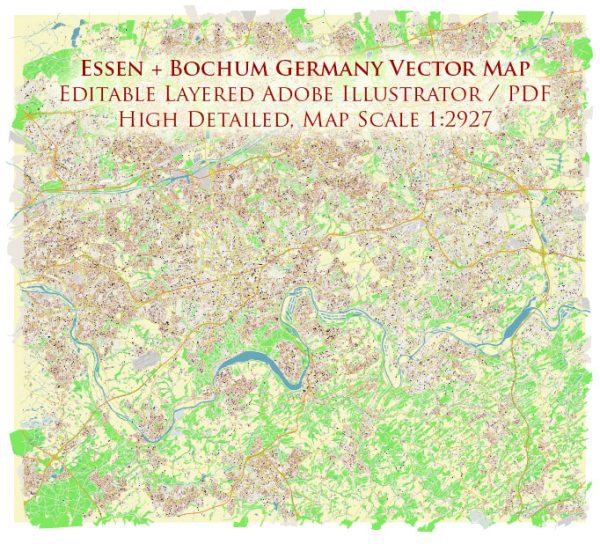
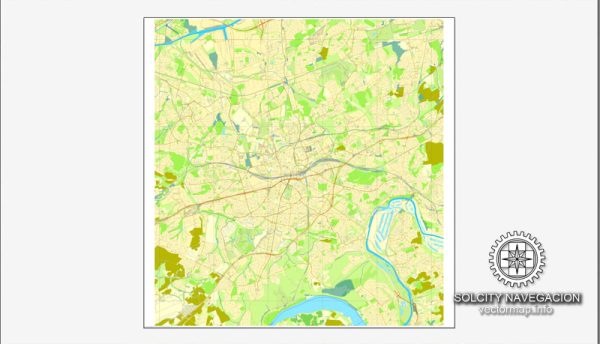
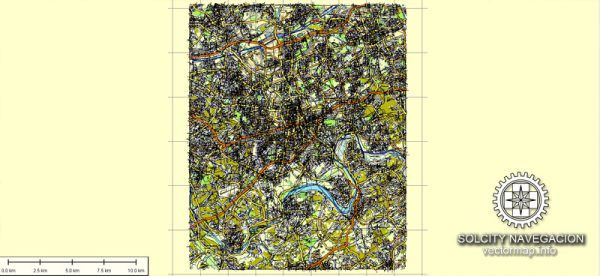
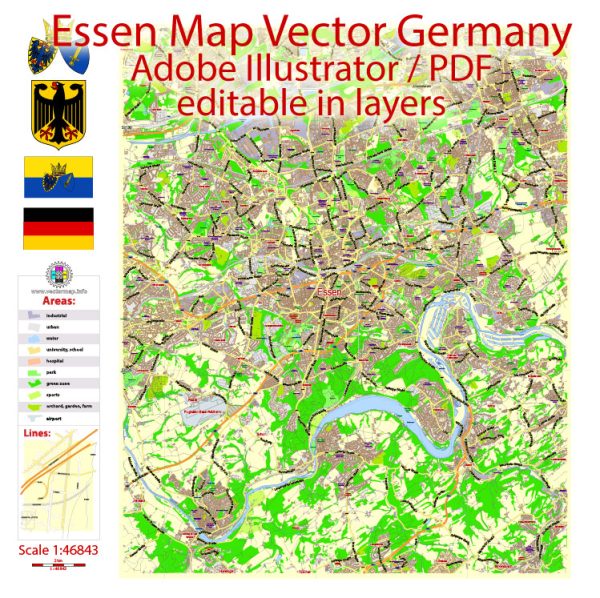
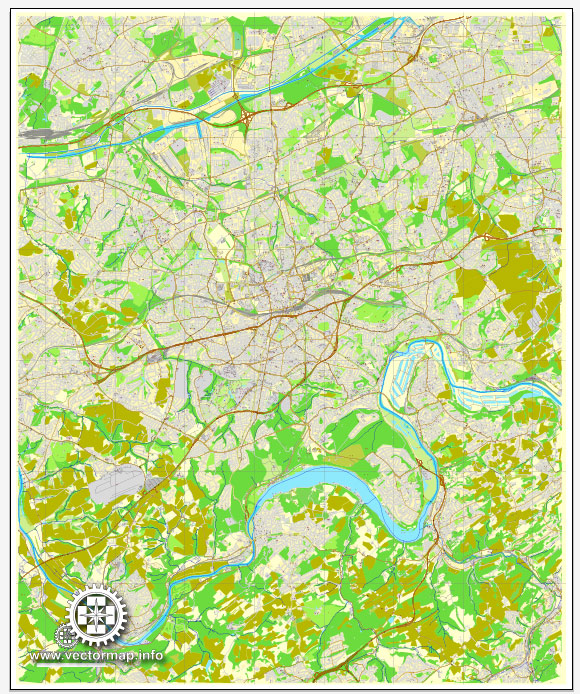
 Author: Kirill Shrayber, Ph.D.
Author: Kirill Shrayber, Ph.D.